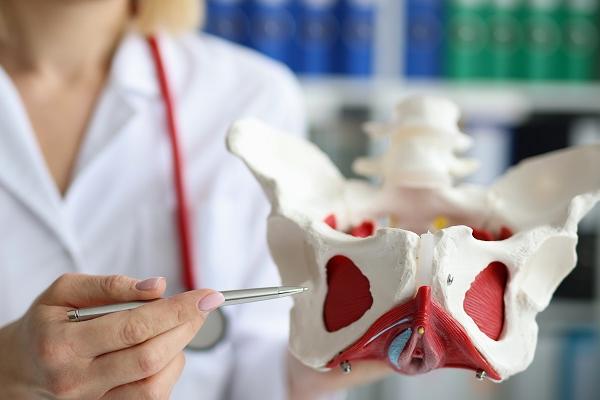Some people may experience bone fractures without any trauma at all or due to a little one. Stating that the most important reason for this is osteoporosis, cancer and osteomyelitis, Yeditepe University Koşuyolu Hospital Orthopedics and Traumatology specialist said the following; “Especially in recent years, the success of treatments contributed to the longevity of human life. In accordance with this, there is an increase in cases that we call as “pathological fractures”.
Some conditions or diseases may lead to the weakening of bones, and this may result in fractures even in small movements. Stating that if pathological fractures are left untreated, they may lead to severe pain and loss of functions in the relevant area and joint, Yeditepe University Koşuyolu Hospital Orthopedics and Traumatology speciacialist pointed out that this may result in a significant decrease in the quality of life of the patient.
Pointing out that pathological fractures are not always preventable, Yeditepe University Koşuyolu Hospital Orthopedics and Traumatology specialist, also stated that reducing the risks or early diagnosis of underlying conditions may reduce the possibility of fractures.
More Common in Osteoporosis or Cancer Patients
Stating that these fractures occur as a result of an underlying disease, Yeditepe University Koşuyolu Hospital Orthopedics and Traumatology specialist, gave the following information regarding the reasons: “The most important causes include osteoporosis, cancer and osteomyelitis. Hereditary bone diseases, metabolic and endocrine diseases can also cause pathological fractures by causing weakness in the bones. Especially since osteoporosis and cancer are very common diseases, we frequently encounter pathological fractures caused by these diseases”.
The Most Common Incidents are Spinal, Hip and Wrist Fractures!
Pointing out the fact that the incidence of pathological fractures has increased in recent years, Yeditepe University Koşuyolu Hospital Orthopedics and Traumatology specialist stated; “Among the most important reasons for this situation; there are the increased life expectancy and bone metastheses due to the cancer survivals and survival expectancies following that.” Explaining that there is a possibility of pathological fracture in every bone, it is most commonly seen around the spine, hip, pelvis and shoulder, Yeditepe University Koşuyolu Hospital Orthopedics and Traumatology specialist, continued his words as follows: “Worldwide, 8.9 million fractures occur annually due to osteoporosis. This means that there is an osteoporosis-related fracture approximately every 3.5 seconds. In terms of cancers, studies have shown that the incidence of cancer-related pathological fractures is 8-30 percent in cancer patients.”
Family History Increases the Risk!
Underlining that in terms of pathological fracture formation, there are some risk factors besides osteoporosis and cancer, Yeditepe University Koşuyolu Hospital Orthopedics and Traumatology specialist said; “In particular, not getting enough nutrients in terms of vitamin D, calcium and protein, little exposure to sunlight, lack of physical activity, being very thin or overweight, hormonal irregularities, increase in inflammatory conditions and the presence of pathological fractures in the family history are among the risk factors”.
Surgery Is The Primary Option in Treatment
Underlining that if pathological fractures are not treated, pain and loss of function, especially in the relevant region and joint, can be seen, Yeditepe University Koşuyolu Hospital Orthopedics and Traumatology specialist gave the following information about the treatment approach: “Although a small number of pathological fractures are treated with plaster casts, the treatment is mostly surgical. The surgical method may vary depending on the underlying disease. Prosthesis surgery can be applied in pathological fractures that occur in areas close to the joint, especially in the hip joint. In addition, bone cement or bone grafts are used in surgery in addition to screw, nail, plate applications, depending on the localization of the fracture and the underlying pathology. The aim of treatment is to provide painless and functional function by treating the patient's fracture in the most appropriate way. kazanis to ensure that he continues his daily life without any problems.”
”





